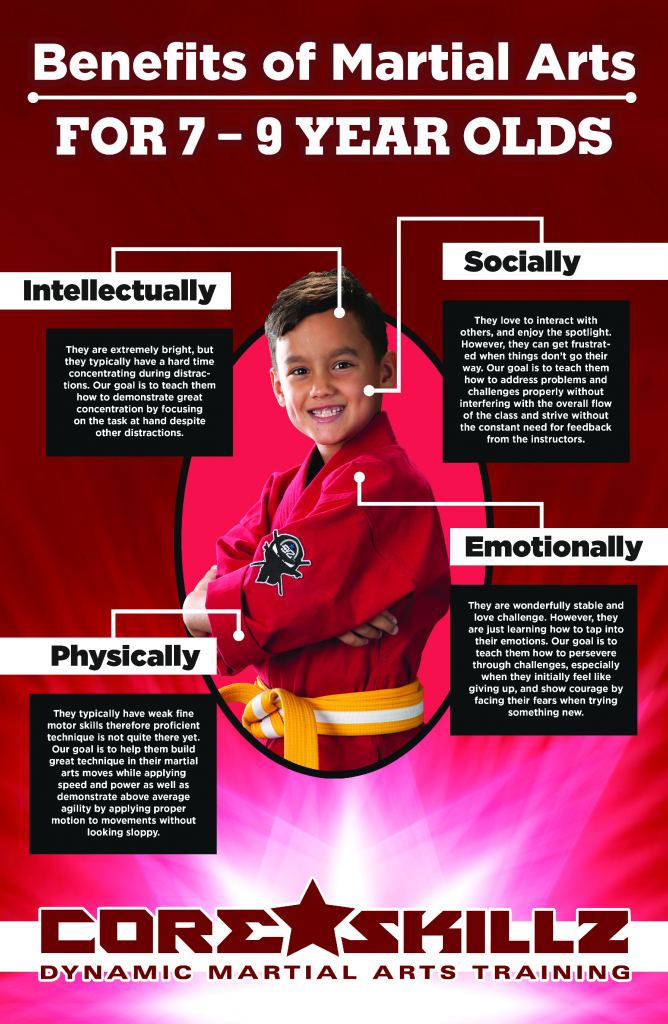The Advancement And Historic Context Of Martial Arts Worldwide
The Advancement And Historic Context Of Martial Arts Worldwide
Blog Article
best martial arts schools near me Created By-Winkler Ebsen
Martial arts have a fascinating background that spans centuries and continents. You could find it fascinating exactly how ancient methods like Shuai Jiao and Kalaripayattu prepared for modern-day fight methods. These self-controls not just stress physical abilities yet also reflect the societies that birthed them. As you discover their development, consider just how globalization has transformed these traditional types into hybrid styles. What impacts do you believe have shaped today's martial arts landscape?
Ancient Martial arts: The Foundations of Battle
As you explore the globe of ancient martial arts, you'll uncover the abundant foundations that shaped fight techniques across societies. Very early methods concentrated on Self-Defense and survival, frequently integrating strikes, hurting, and weaponry.
In ancient China, for example, methods like Shuai Jiao emphasized tosses and joint locks, while India's Kalaripayattu showcased agility and liquid motion. Japanese samurai established Kenjutsu, a refined swordsmanship that highlighted technique and strategy.
These martial arts served not just for battle but also as a way of personal advancement, instilling worths like respect and determination. The blending of these methods gradually laid the groundwork for the diverse martial arts you see today, each mirroring the distinct viewpoints and requirements of its culture.
The Social Influence on Martial Arts Advancement
While martial arts often mirror the sensible needs of a culture, they additionally embody the social values and beliefs of their beginnings. When you check out various martial arts, you'll notice how they're affected by religious beliefs, ideology, and social standards.
As an example, the focus on respect and discipline in Japanese martial arts comes from Zen Buddhism and samurai society. On the other hand, Brazilian Jiu-Jitsu promotes versatility and approach, formed by the demand for efficiency in a varied, multicultural environment.
https://www.thesportster.com/best-muay-thai-fighters-ufc-history/ might discover that the rituals, uniforms, and training methods reflect a neighborhood's background and identity. By understanding these cultural influences, you grow your gratitude of martial arts and their function fit human experiences around the world.
Modern Adaptations and the Globalization of Martial arts
Martial arts have transformed substantially in current years, adapting to modern society and international influences. You'll observe that traditional forms have mixed with modern methods, creating hybrid styles like MMA. These adaptations accommodate diverse audiences, making martial arts easily accessible and attractive globally.
With the surge of social networks and electronic platforms, you can find tutorials and competitions from all edges of the world, damaging geographical barriers. This globalization has resulted in a shared appreciation for different disciplines, from Brazilian Jiu-Jitsu to Taekwondo.
As you involve with these arts, you'll understand they're not almost combat; they advertise physical fitness, discipline, and mental health.
Eventually, modern-day adjustments have actually improved the martial arts landscape, making it a dynamic and advancing practice.
Final thought
In checking out the history and development of martial arts, you reveal an interesting mix of strategies, societies, and philosophies. From ancient techniques like Shuai Jiao and Kalaripayattu to the contemporary adaptability seen in mixed martial arts, martial arts mirror mankind's pursuit for Self-Defense and individual development. As you engage with these methods, you not just gain abilities however also a deeper gratitude for the diverse practices that shape our world today. So, proceed your journey and embrace the art of combat!
